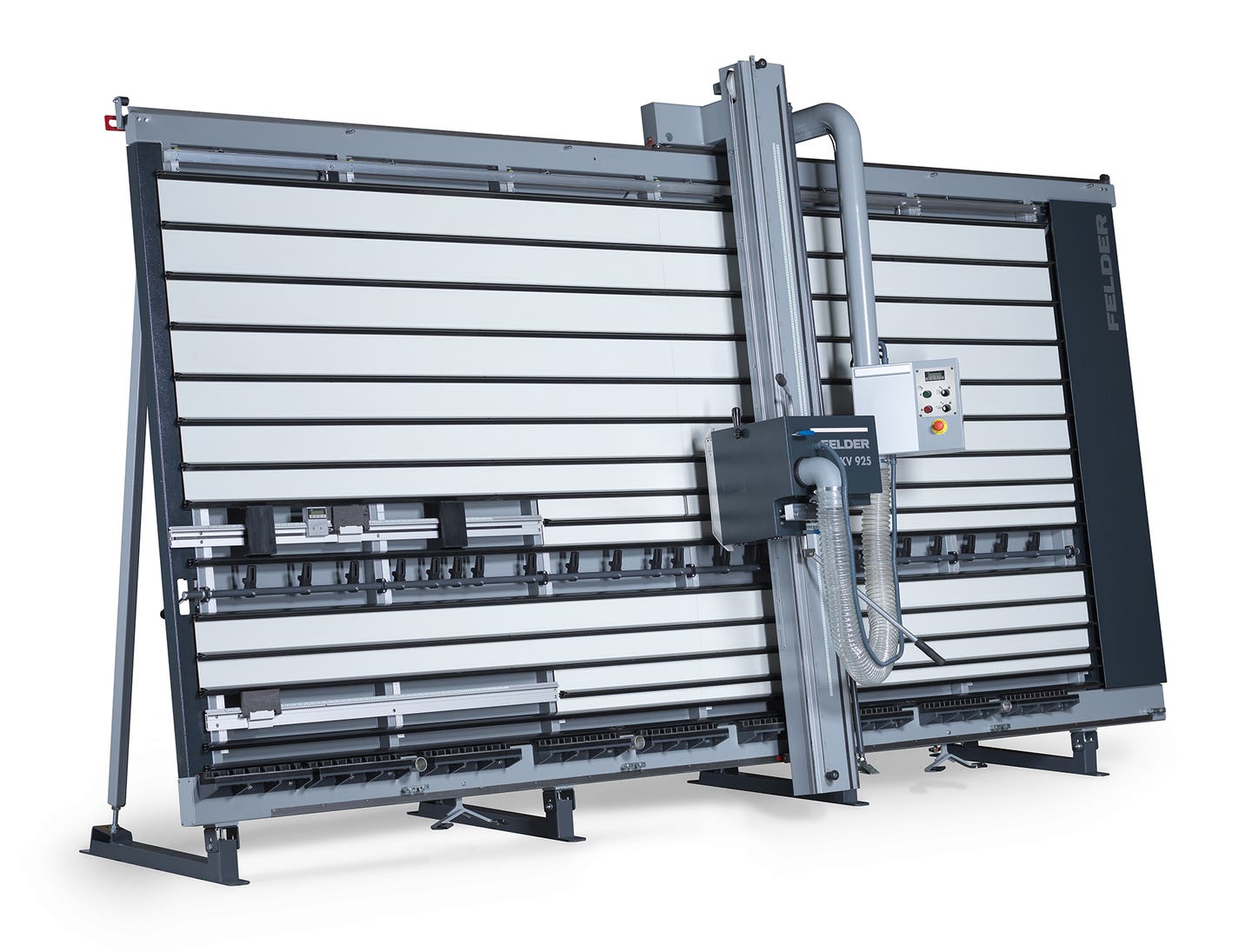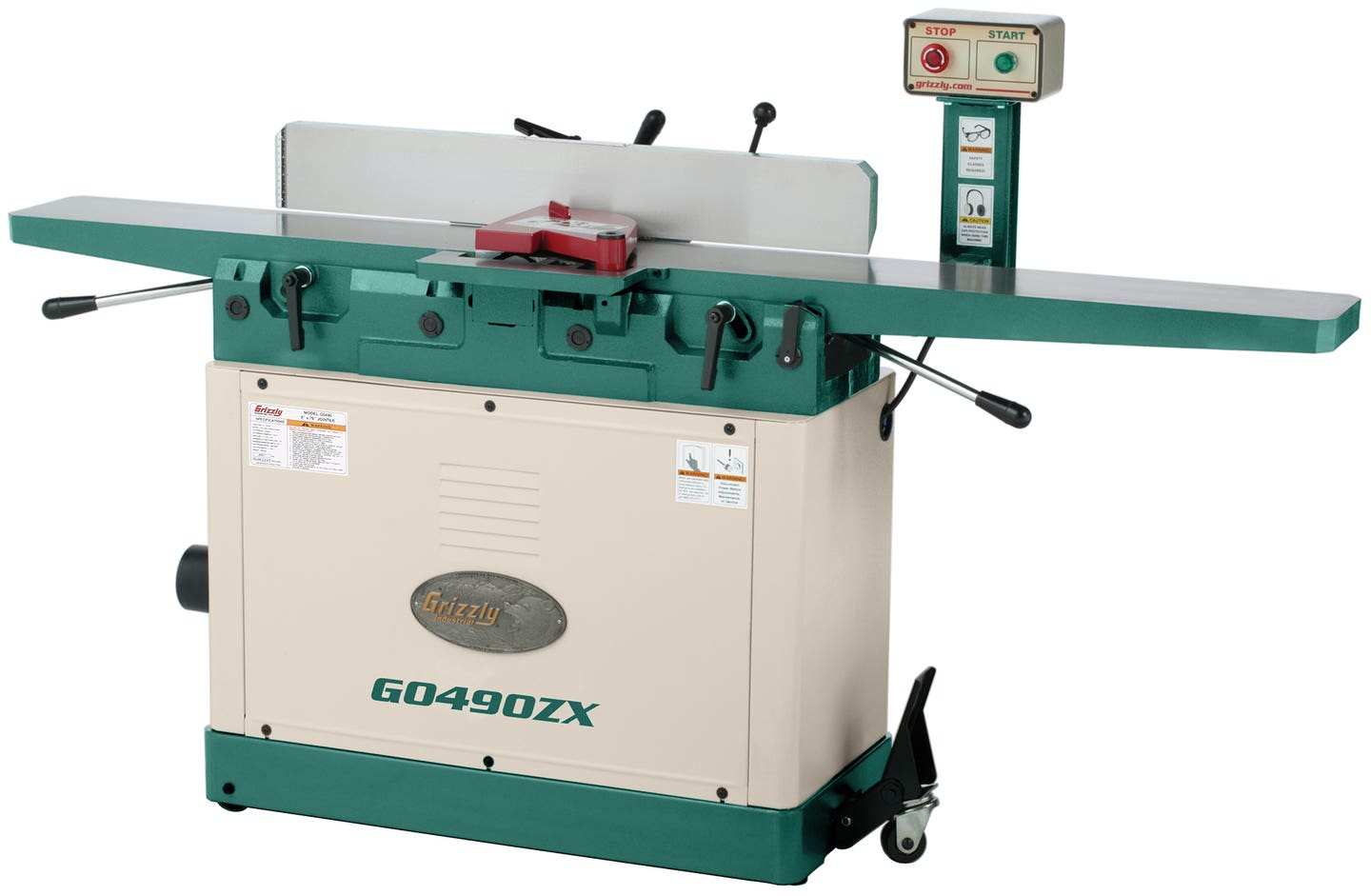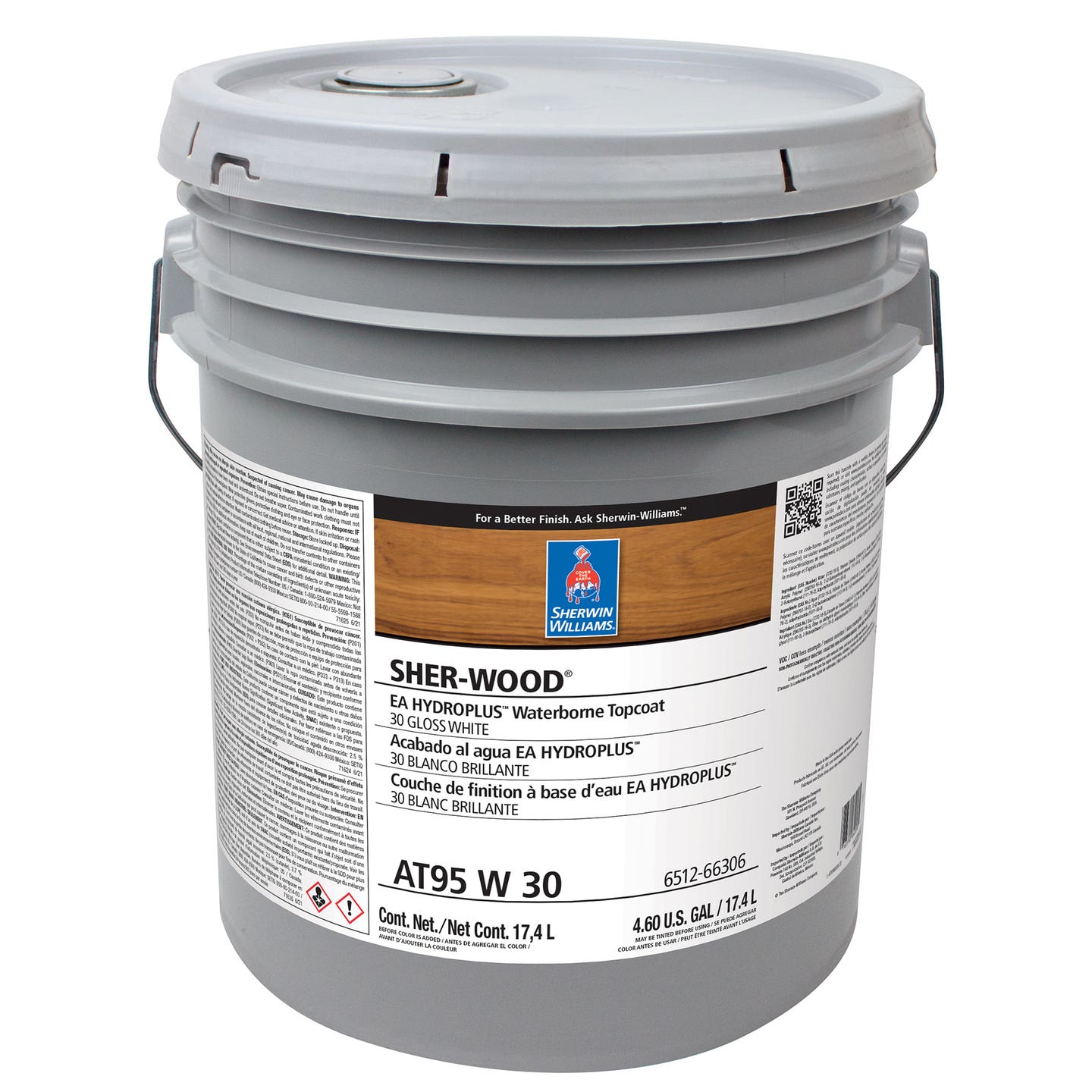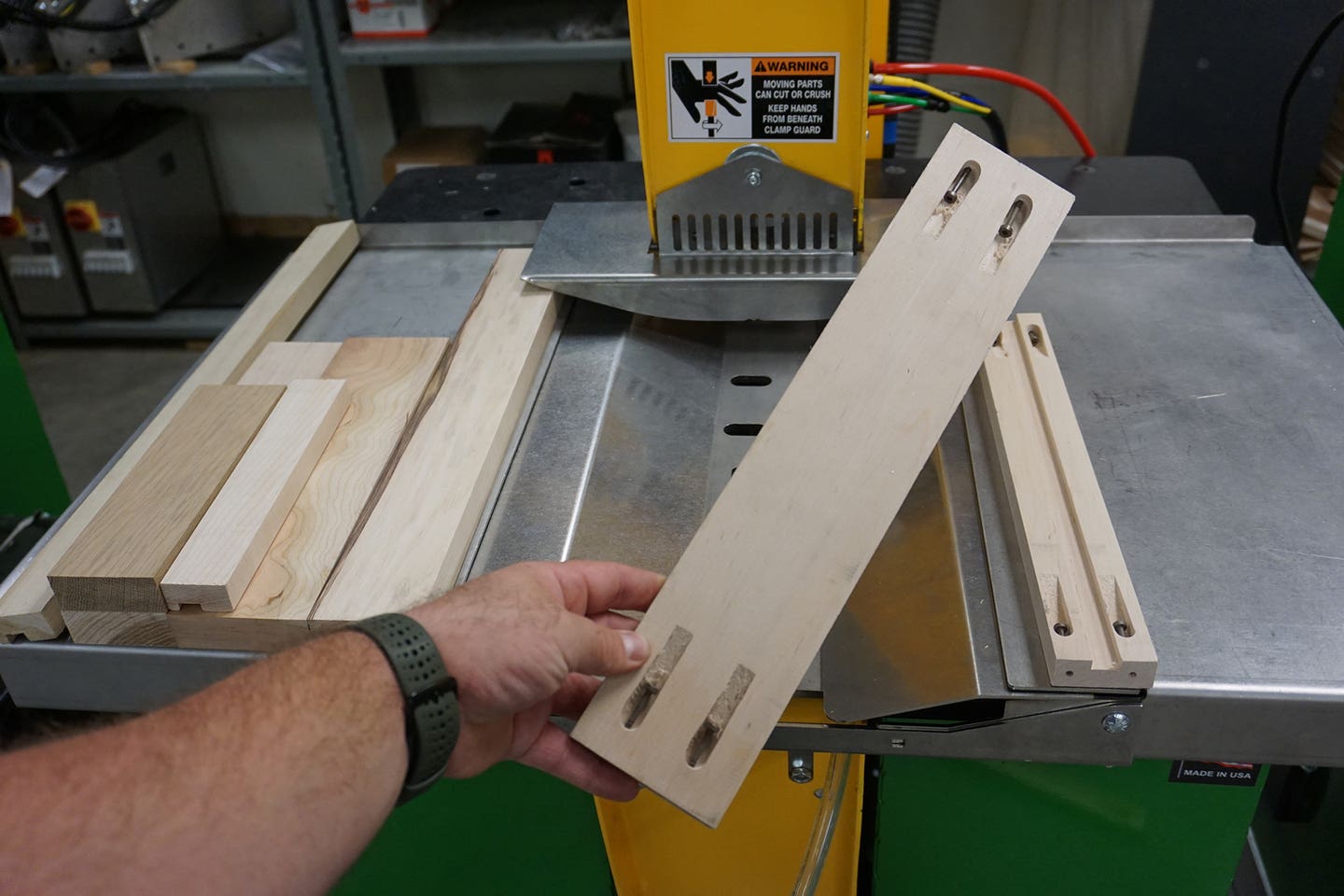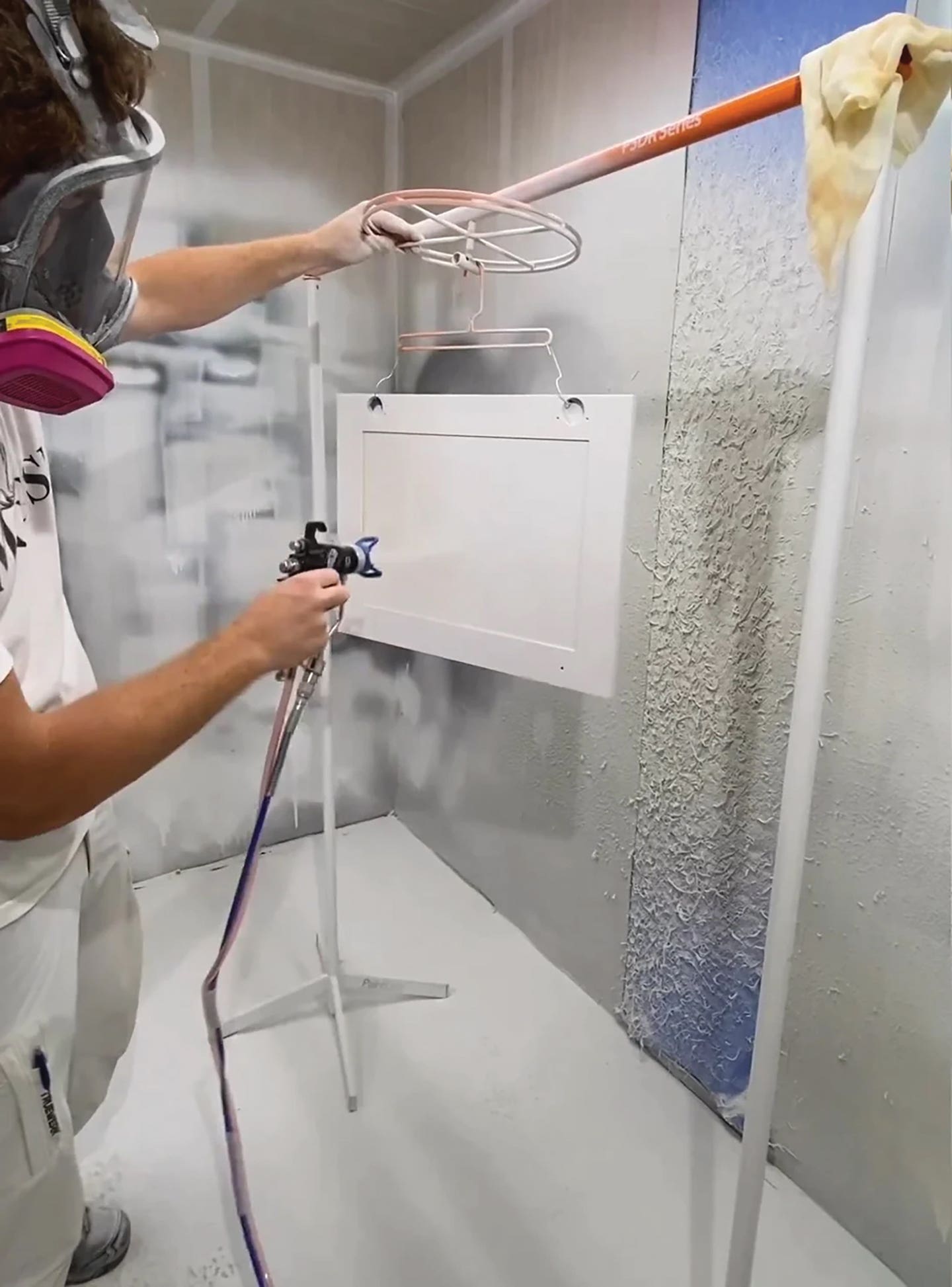Quick work with RichLine tenon machine
Richard Seidler of Hortonville, Wis., has built a lot of furniture for his home through the years, but he often struggled with making perfect mortise and tenon joints. He bought…
Richard Seidler of Hortonville, Wis., has built a lot of furniture for his home through the years, but he often struggled with making perfect mortise and tenon joints. He bought various jigs and joint makers, but nothing seemed to meet his satisfaction. So he began making his own jigs and fixtures and eventually formed his own company, RichLine Machines. Seidler offers a line of heavy-duty cast-iron machinery, including a mortise machine, dovetail machine, tenon machine, and his latest addition, a tenon machine with a tilting table.
The new tenon machine, model 18-7-TT, features a rotating head and tilting table, and can cut a round-end tenon in less than 30 seconds without the use of a template. The machine is capable of making tenons with a maximum size of 1/2" x 2" x 8".
The thickness of the tenon is adjusted by turning a hand wheel on the top of the machine. A full turn will raise or lower the cutter approximately 1/16" or .055". The handle for the left-right movement can be mounted on either side of the machine — whichever is more convenient for the operator.
“You make your mortise first; then you make an oversized tenon,” explains Seidler. “You run it through and you measure to see what you have, and then you can adjust from there. Some guys want the tenon to fit tight, some want a glue space, and some guys want it sloppy, so you can make it any way you want it. Another nice thing is the stock sits on the top of the table, it bumps up against the platen, and it bumps up against the left- and right-hand stops, so you have three sides touching.”
When making a tenon, the top part of the stock is cut first, and then, using a trip lever, the operator moves a handle at the back of the machine that rotates the offset cam 180 degrees to cut the round end of the tenon. The stock is then turned over and the process is repeated to complete the cutting of the complete round-end tenon.
“The tilting table is for making chair backs,” Seidler says. “The back legs of a chair are normally tipped out about two degrees, and then they go up and out so you have a compound angle. So, if you’re making a tenon, you can [make] a compound angle with the tilting table.”
The 10" x 12" table has three fence settings: right, left and center, and the fence can be angled 15 degrees right or left. The machine also has adjustable left and right stops, lubricating linear bearings and weighs about 176 lbs. A Porter-Cable 690 LRVS 1-3/4-hp router with a 1/2" solid carbide bit is sold as an option.
The tenon machine with the Porter-Cable router, model 18-7-TT, sells for $2,650. The machine without the router is priced at $2,450. The tenon machine without the table tilt, model 18-7, is offered for $2,150.
The company also offers benches with cast-iron legs, a 1-1/2" plywood top and shelf. The 40" x 20" x 33" double bench weighs 160 lbs. and sells for $299. The 24" x 20" x 33" single bench weighs 140 lbs. and sells for $289.
Contact: RichLine Machines, W6720 Grandview Road, Hortonville, WI 54944. Tel: 920-757-0251. www.richlinemachines.com
This article originally appeared in the April 2009 issue.



